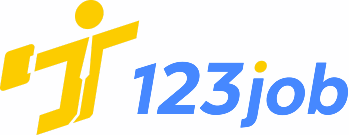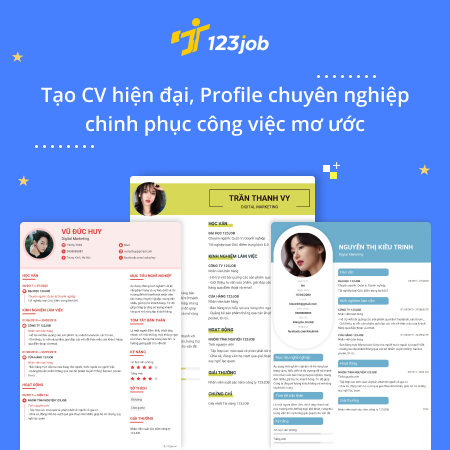- User Research UI/UX designers must conduct user research to understand user needs, behaviors, and pain points. This involves methods such as surveys, interviews, and usability testing to gather insights that inform design decisions.
- Menus, tabs, and widgets are examples of graphic user interface elements.
- Collect and evaluate user requirements with the help of product managers and engineers.
- Make layout changes based on user feedback. Follow font, color, and image style guidelines. Preferred Skills
- Make unique graphic designs.
- Make page navigation buttons and search fields.
- Rough draughts should be prepared and presented to internal teams and key stakeholders.- Identify and resolve UX issues.
- Information Architecture Designers organize and structure information in a logical and intuitive manner, making it easy for users to navigate and find what they need. Information architecture involves categorizing content, creating hierarchies, and designing navigation systems.
- Wireframing Designers use wireframing tools to create low- fidelity representations of user interfaces, focusing on layout, structure, and content organization without getting into visual details. Wireframes serve as blueprints for the final design.
- Create UI mockups and prototypes that clearly show how sites work and look.
- Interactive Design Designers create interactive prototypes and mockups to demonstrate how users will interact with the product. Interactive design involves adding functionality, transitions, and animations to prototypes to simulate the user experience.
- Communication and Collabortion Effective communication skills are essential for UI/UX designers to articulate design concepts, present ideas to stakeholders, and collaborate with team members. Clear communication ensures alignment between design vision and project goals. UI/UX designers collaborate with cross- functional teams, including developers, product managers, and marketers, throughout the design process. Collaboration fosters creativity, ensures alignment with project objectives, and leads to better outcomes.
- Prototyping Designers use prototyping tools to create interactive prototypes that simulate the user experience. Prototypes allow designers to test ideas, gather feedback, and iterate quickly before moving to the final design phase.
- Use storyboards, process flows, and sitemaps to illustrate design concepts.









